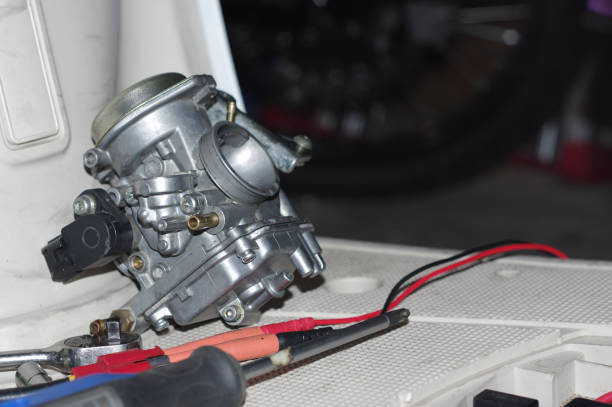The Vital Role of TX Valve and Air Conditioner Compressor in Your Vehicle

As the scorching heat of summer rolls in, there’s one thing you rely on to keep you cool and comfortable during your drive: your vehicle’s air conditioning system. While you might take it for granted, the complex interplay of components within your car’s AC system ensures that you’re cruising in a pleasant climate even when the temperatures are soaring outside. Two crucial components in this system are the TX valve and the air conditioner compressor, which work hand in hand to provide you with the desired level of comfort.
The TX Valve: The Cooling Choreographer
The Thermostatic Expansion Valve, commonly known as the TX valve, is a critical component in your car’s air conditioning system. Acting as a choreographer of cooling, the TX valve regulates the flow of refrigerant through the system, ensuring that the right amount reaches the evaporator coil. It plays a pivotal role in controlling the pressure and temperature of the refrigerant as it moves from the high-pressure side to the low-pressure side of the AC system.
The TX valve’s operation involves a delicate balance between pressure and temperature. It monitors the temperature of the refrigerant as it leaves the evaporator coil. If the refrigerant is too warm, the valve restricts its flow, allowing it more time to cool down in the evaporator. On the other hand, if the refrigerant is too cold, the valve opens up to allow a higher flow rate. This dynamic regulation maintains optimal cooling efficiency and prevents the evaporator from freezing.
Air Conditioner Compressor: The Heart of Cooling
The air conditioner compressor is often referred to as the heart of the AC system. Just as the human heart pumps blood to circulate throughout the body, the compressor circulates refrigerant throughout the air conditioning system. It’s responsible for compressing low-pressure, low-temperature refrigerant gas into a high-pressure, high-temperature gas. This transformation is essential for the refrigerant to release heat and cool down effectively.
Through a clutch mechanism, the vehicle’s engine powers the compressor. When the AC is turned on, the clutch engages the compressor, and it starts compressing the refrigerant. As the refrigerant is compressed, its temperature rises significantly. This high-temperature, high-pressure gas then flows through the condenser, releasing heat into the surrounding air and transforming into a high-pressure liquid.
Synergy Between TX Valve and Compressor
The synergy between the TX valve and the air conditioner compressor is vital for optimal cooling performance. The TX valve ensures that the right amount of refrigerant is flowing into the evaporator coil, where it absorbs heat from the air inside your vehicle. This chilled air is then blown into the cabin, providing you with a refreshing breeze. Meanwhile, the compressor maintains the pressure and temperature of the refrigerant, allowing it to undergo the necessary phase changes and release heat effectively.
The TX valve and the air conditioner compressor are two integral components that work together to keep your vehicle’s air conditioning system running smoothly. Their precise coordination ensures that you experience efficient cooling even on the hottest of days. So, the next time you enjoy a relaxing ride in your air-conditioned car, consider the intricate dance that the TX valve and the compressor perform while working tirelessly to keep you cool and refreshed.
For more information and high-quality auto parts, you can explore reputable sources such as auto-extras, where you can find a wide range of components to ensure your vehicle’s optimal performance.



